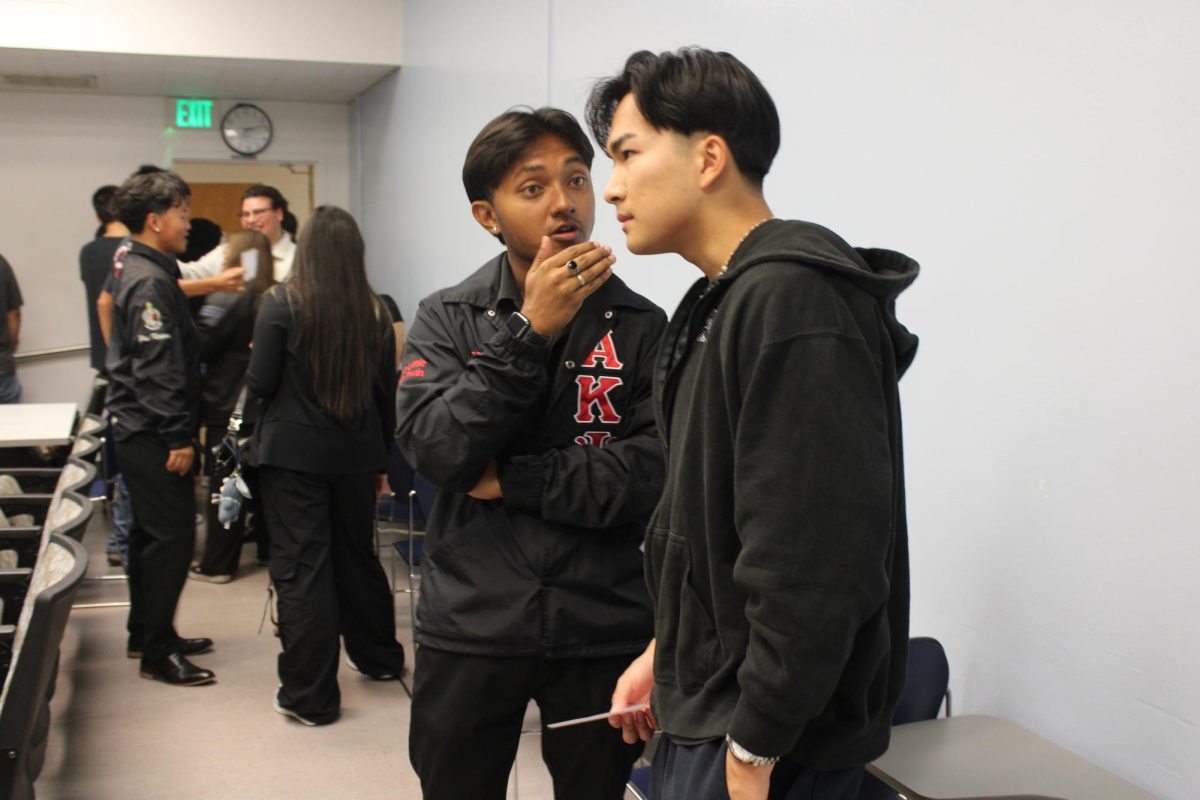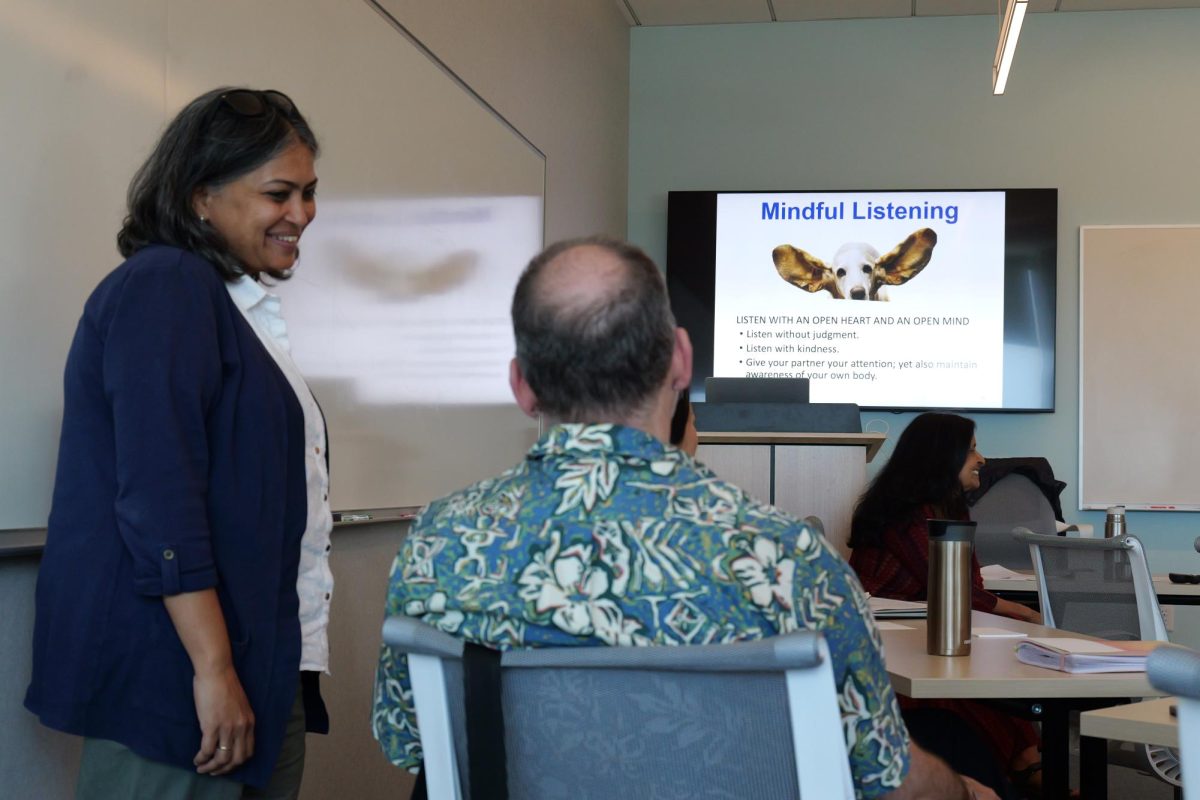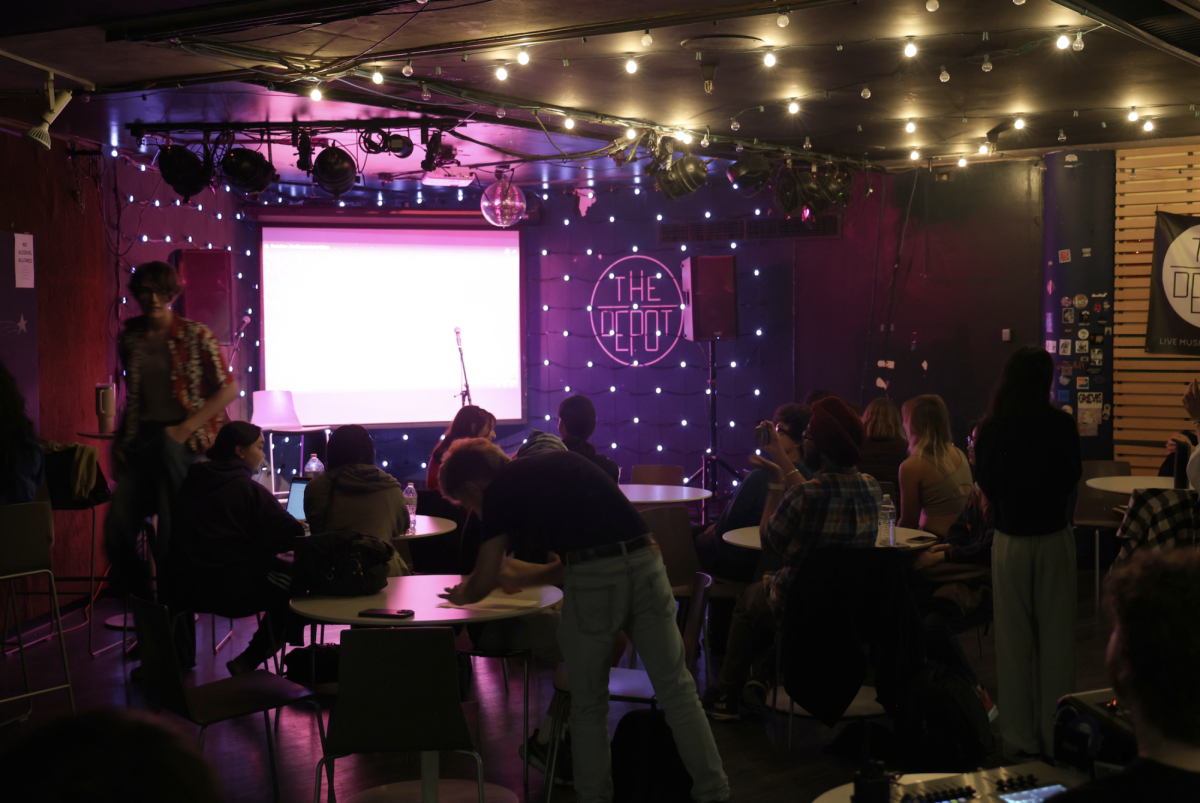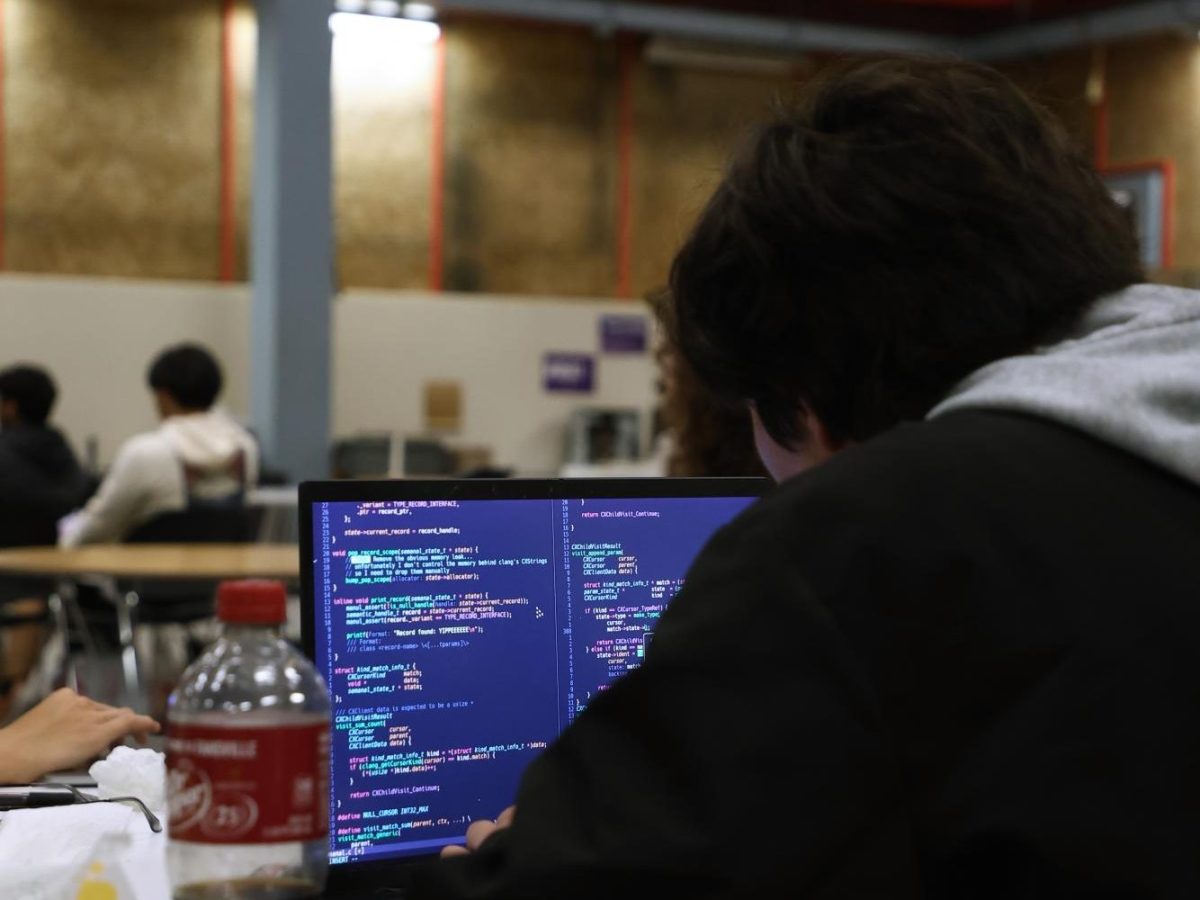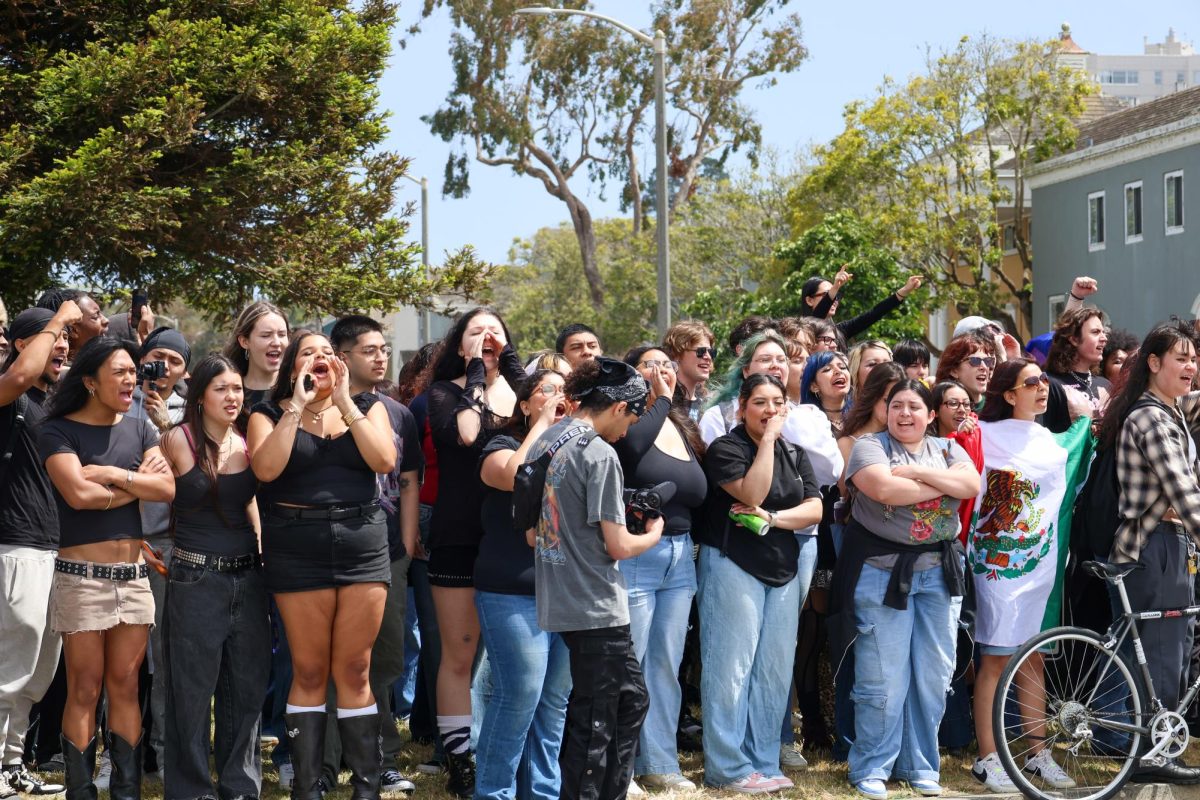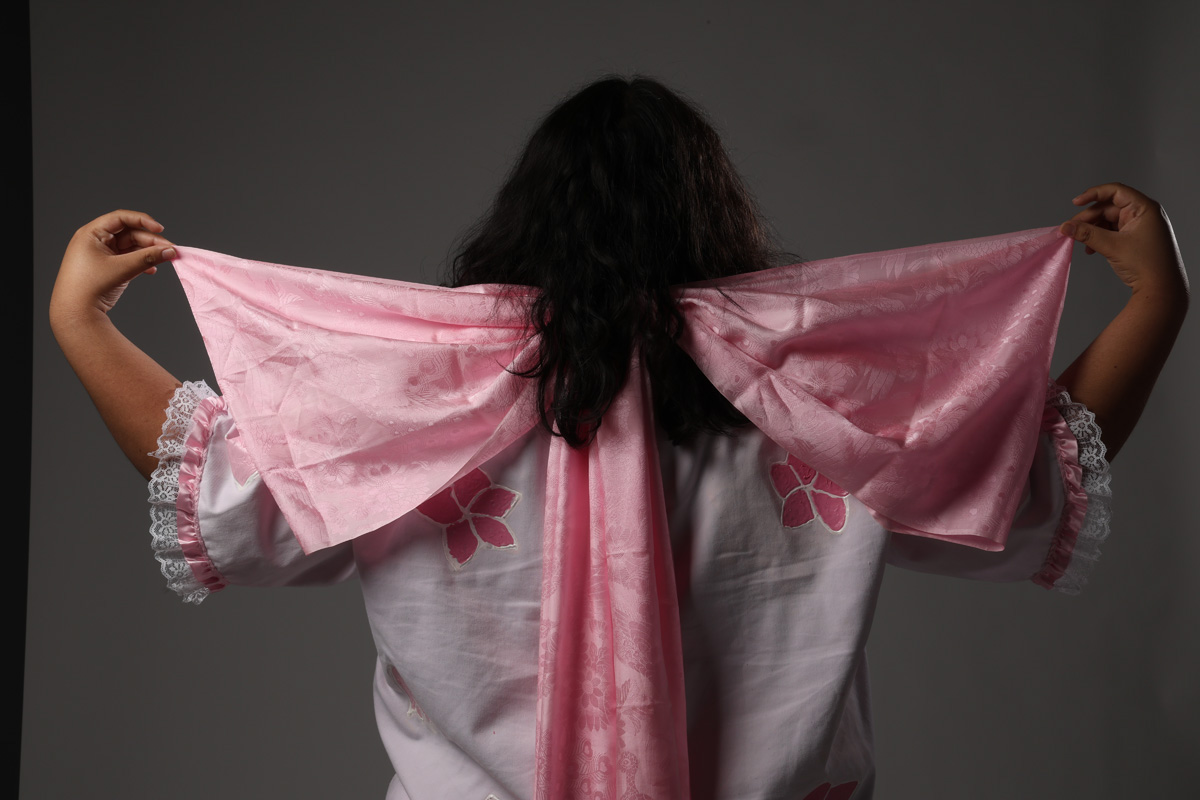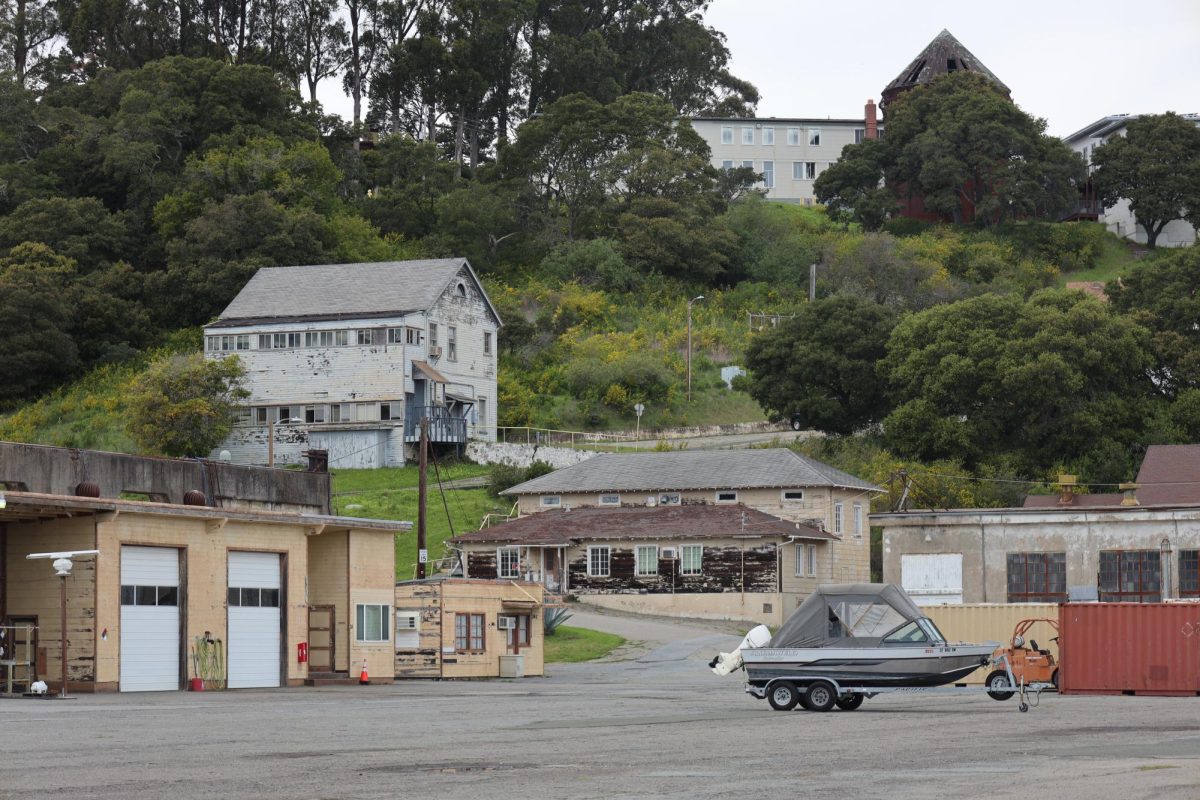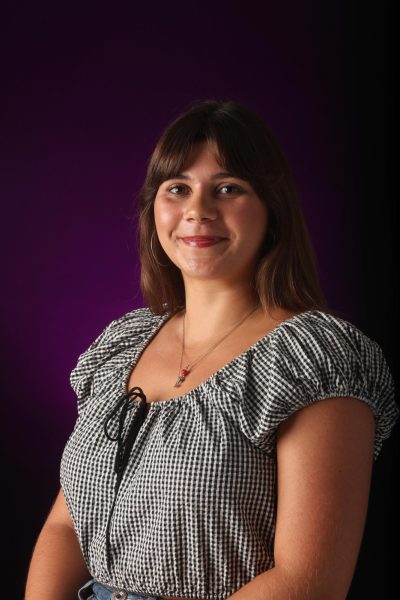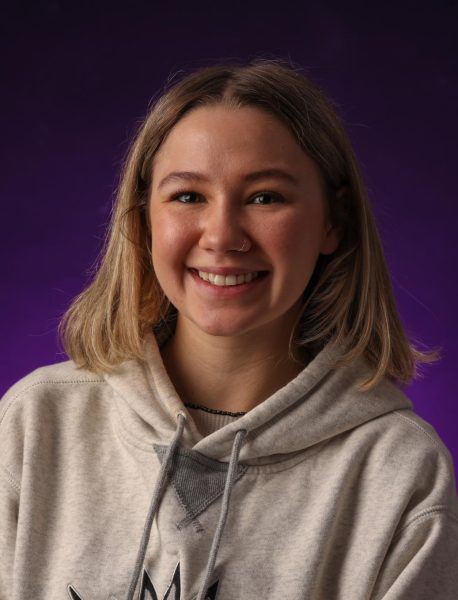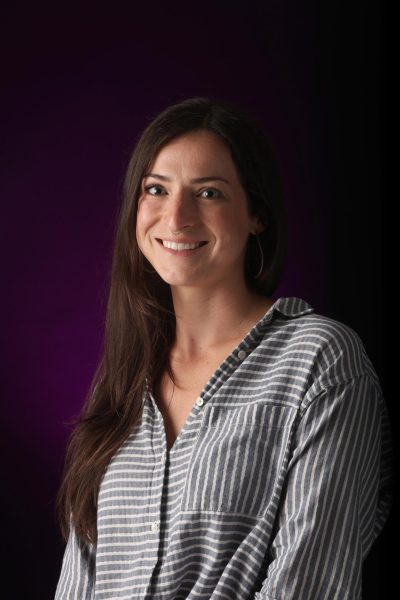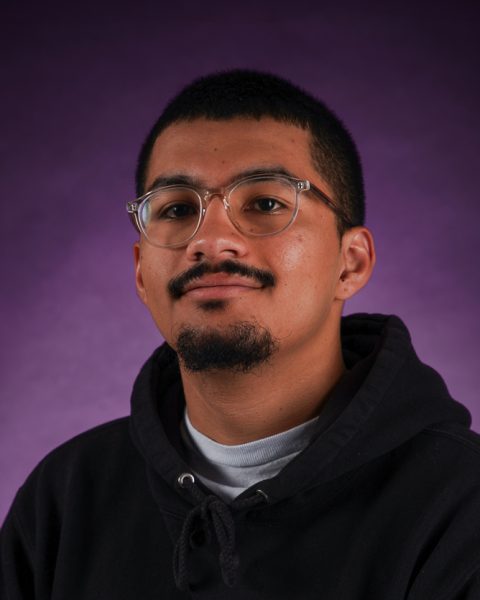Staff reporters Sarah Louie and Bailey Zitko sit down with head baseball coach Tony Schifano and seniors, infielder Justin Johnson and pitcher Nathan Shinn. Following the announcement made by the SF State Athletic Task Force to eliminate Baseball, Women’s Indoor Track and Field and Men’s Soccer, two of the 44 players affected from the decision and their coach take a deeper look at what this change in the athletic department means for their futures.
Script:
[Sarah Louie] In early March SF State announced the cut of three sport programs, including men’s baseball, men’s soccer and women’s indoor track. Seniors Nathan Shinn and Justin Johnson are amongst the list of players who unexpectedly finished the season with breaking news of it being their last. Before they say goodbye to a sport they played for nearly their whole life, they’ve sat down with us.
[SL] And Tony, we actually want to start with you. When we spoke with you before, you shared your frustrations with this decision and who was made up in the athletic taskforce. Can you explain to us more why you think that this decision was made unfairly and what could have been done to make a decision you feel was fair and what fair even looks like in a situation like this?
[TONY SCHIFANO] Yeah, yeah. It’s not lost on us. The financial crisis the university’s in. There’s programs being cut across the entire university and across the CSU’s. We understand that. You know, as I understand it, a task force was put together late summer, early fall. It was made up of 10 to 12 individuals. You know, I’d say half those individuals had nothing to do with the athletic department.
[SL] What was the reason for the task force to be made?
[TS] Yeah. They put a task force together to evaluate the sustainability of certain programs. So, there might have been a task force put together to just check the sustainability of facilities or academics, programs, things of that nature. So there’s one put together for athletics just for the sustainability of athletics in the future. It was made up of several people that had nothing to do with athletics and several people that are within our department.
[SL] They weren’t people you closely worked with within the athletic department.
[TS] Without a doubt. There were some qualified people on the task force. One of my issues was there were several coaches on the task force. And for me, that was unfair in the sense of they’re making decisions on the future of athletics when they’re part of that athletic department and maybe their sports weren’t at risk of being cut, but they definitely benefited from certain programs being cut, whether it’s more apparel money, more recruiting money or more scholarship money. So, in my sense, not that they made decisions based on that, but they should’ve been taken out of the equation, in my opinion.
[BAILEY ZITKO] And how does a coach necessarily get on the athletics task force?
[TS] It’s chosen by several people, and I don’t have the specifics of that. Who chose it. I don’t know if that was President Mahoney or somebody… chief of staff for President Mahoney or athletic director at the time. One of the people on that task force isn’t even a coach here anymore. That person left for UC Riverside, halfway through the fall. And, for her to be part of a decision and not even be here.
[SL] And not be affected by it.
[TS] It really hurts.
[BZ] Moving forward, I just want to shift over to Nathan and Justin. Obviously, you guys still have the rest of your season to go, but with 32 games under your belt, do you guys feel content with your stats? I know you guys are graduating seniors. Are you happy with where you are right now?
[SL] Especially because these stats could be literally the last stats of men’s baseball history, here at campus. So, are you guys, like, comfortable with those numbers being those numbers right now? Are you guys trying to get, I don’t know, push a little bit more knowing that these are going to be the last ones, maybe written down for a while here?
[JUSTIN JOHNSON] Yeah, most definitely. I’m trying to push. I know me, and my other teammate, Mikey Cunningham; we’re in the race for the home run title, so we’re only a few away, so we’re kind of competing for that. And, I mean, these are like my last stats in college, and I’m hoping to use it to go to pro ball or independent ball or whatever the next step is. Our focus is this last month of the season, just, you know, play our best baseball and hopefully make a deep run in the playoffs again.
[BZ] What about you, Nathan?
[NATHAN SHINN] Over my course of my career here, I’ve kind of had this up-and-down relationship with stats. So, I got really fixated on them, and I kind of got in my head about that. So as far as my stats, I’ll let them be what they are. So I don’t really focus on them. I focus more on if I put everything I possibly can, then I can live with the results. So, as we make the last push in the season, as long as I keep doing that and we as a team keep doing that, then I can live with whatever happens.
[SL] That’s a great way to look at it.
[NS] Thank you.
[SL] Did that relationship with stats kind of get conflicting when you maybe got really good stats, and you kept trying to one-up it, or how did that relationship with stats get so, I guess, toxic, or kind of it sounds like?
[NS] Yeah, I would say that. It’s probably because I want to play professional baseball. I tried to fit a mold instead of just doing my best. And then that kind of took away from instead of the execution of playing the game, I only thought about the results-based, instead of a process-based mentality, which helps me perform at my best.
[TS] So I’m just going to add on to these two guys. So, Justin’s being very humble. The home run record is the career home run record, and this is only his second year, and he’s about to break the home run record. And this young man, every time he strikes somebody out, it’s a new record. He holds the strikeout record in the university. So, two things they can both be really proud of.
[SL] Nice, wow.
[BZ] Congrats guys.You guys both mentioned pro baseball. So you do plan on graduating and then are you going to enter the transfer portal?
[SL] What’s that process look like, with, I guess with being seniors and a future in baseball?
[NS] So, I have no more years left, so I can’t go into the transfer portal. So what I’m going to do is once this season ends, I will train and or play summer ball, and then around mid-early July, there’ll be some sort of showcase or pro day that I’ll go to. And then, from there, we’ll see what happens. Literally anything could happen.
[SL] Justin, same for you?
[JJ] I’m kind of in the same boat, trying to play summer ball or play indie ball second half or whatever comes. But, I mean, I have no more eligibility, so the transfer portal is not really my thing. For the younger guys that have to deal with it. I was a guy in the transfer portal. That’s how I got here. It’s a tough process. You enter your name in a portal full of hundreds of thousands of people, and you gotta hope someone picks it out, or sees you. So I mean, there’s a lot of emailing, trying to find the right place. So, I mean, I feel bad for those younger guys. For me, I was a late addition. I barely got on. I was like a week …what, a week into school?
[TS] Yeah
[JJ] Yeah. So it’s a tough process, and those guys are gonna have to go through that, and I wish the best for them.
[SL] Have you guys been giving, I guess, mentoring some of those guys, knowing that, one, that you don’t have to deal with it, and two, having been in the process before?
[JJ] Yeah, I mean, a few of the young players are asked like what I did and I mean, I always tell them, you got to email coaches, constantly put your name out there, make videos. You just gotta be seen. One day, they just look and see and like, “Oh, exactly what we’re looking for.” It’s kind of the luck of the draw. You just got to keep pushing though. I think it more, like the thing that hurt with the decision was like, I can’t come back and see the younger guys. There’s a thing we do — alumni games. So you come back the next year or whatever, you want to see the younger guys, see how the team’s doing. I can’t come back and see. There’s maybe younger guys that don’t necessarily play a lot this year, but they would have the opportunity this year. And I come see them play in support because they supported me throughout my years. So that’s the thing that really sucks about it, I would say.
[TS] Yeah, my phone’s been ringing left and right ever since the announcement because what happened is when that program gets cut, every younger classmen automatically is available to be contacted.
[SL] Okay.
[TS] Yeah, to get it, to receive an offer and go in and visit and things of that nature, they have to get in the portal. So, I’d say we have 20, about 18 underclassmen that are going to be looking for new homes. I would say maybe four or five of them are already sitting on offers right now from other schools.
[BZ] So, are you able to like, help them network?
[TS] Yeah.
[BZ] Okay.
[TS] [Anthony] Alvarez is getting a lot of attention. [Daniel] Murillo’s getting a lot of attention, already getting a ton of attention. [Nicholas] Allred’s getting a ton of attention. And now, [Tyler] Ohlson is starting to, he’s our Sunday starter. He’s starting to pick up some innings. And I mean, these two guys would have already been snatched up if they had eligibility. We’re really proud. You know, it’s a testament to these guys. And, you know, we have, what, three or four guys play in Division I, currently, that were in the program the last two years.
[SL] Wow, okay, cool.
[TS] One guy’s at UC San Diego, one guy’s at Cal [Berkeley], one guy’s at San Jose State. Yeah, and so, and I think we’ll have another four or five guys playing D-1 next year. It’s great in the sense of where the program has gotten to, but it’s also, you know, breaks my heart with what we could have been moving forward.
[SL] I was going to say, is it also bittersweet or kind of emotional for–not emotional, but yeah, I guess it could be, trying to help these players find a new home, knowing that you were supposed to be their coach?
[TS] Yeah, it’s bittersweet, but it’s also, I’m really happy for them. Like last night, I had a conversation with a top ten program in the country that’s going to be making a huge offer to one of our players in the next 24 hours. And, you know, these guys are going to have an opportunity to watch him play Division 1 baseball at the highest level next year, you know, and support him, and yeah, they may not be able to come back here and support him, but they’ll still be supporting him down the road somewhere.
[SL] And what’s next for you as a coach?
[TS] Well, there’s no coaching portal, so.
[SL] Ha,ha, unfortunately.
[TS] My first instincts were to take care of these guys, you know, and it’s not just the underclassmen like Justin and Nate. These guys need the opportunity to play professional baseball, and we’re going to do everything in our power to get them to professional baseball, get the underclassmen to other schools to play baseball. And that might take into July and August. It’s not just going to happen overnight because there’s going to be about 2000 players going in the portal, come June, or come late May. And so they’re going to be competing against a lot of other kids around the country. If there’s any benefit from getting cut, it’s they’re getting in the portal first.
[SL] Yeah. I guess that’s a good way to look at it.
[TS] Yeah. So, personally, you know, I received a couple phone calls, contemplating them, but I’m going to be patient and see what happens in May, and we’ll go from there.
[BZ] Tony, have you ever experienced anything like this in your career? Like, I know you coached at UC Davis.
[TS] Yeah, the finality of things. Yeah, I mean, I think in my playing career, I mean, I was called in three times and released in professional baseball. I’m in Knoxville playing a game that night. An hour later, I’m walking out of the locker room, and a coach calls me in the back in the office and says, “Here’s a plane ticket home tomorrow.” And you think that’s the end of your career. But, you take a deep breath, you evaluate the situation where you’re at in your life, and you go, ‘Okay, do I want to keep, keep pushing forward and try to latch on to another team?’ It’s happened in my life. And I tell these guys all the time, hard work pays off, and you just don’t know when. It may not be right away, but down the road, it’s going to at some point. And I truly believe these guys will be playing baseball come this time next year somewhere.
[SL] And we’re going through a lot of, like, turbulent times right now. And I guess this is one of those situations, too, where it’s like you just gotta keep rolling with the punches.
[NS] The fundamentals that Coach drills into us is obviously paramount to our success. I would say I’ve been on four teams here. The difference between the success of those teams is how connected we are as a unit, as one organism. So, going forward, just reinforcing that, making that a key priority daily, that is what I think will lead to success going forward.
[SL] Have you guys felt like it has made you guys closer as a team, especially compared to, you’ve been here four years. Compared to the last four years, do you think after this decision, you feel closer with everybody?
[NS] Yeah, definitely, I feel more connected to the guys knowing that this is the last SF State baseball team that’ll be here. Yeah, I think if we use that in a positive manner, I think it’ll help us going forward, and I think it’s a great life lesson we can use for the rest of our lives.
[BZ] Nice. So what are you guys gonna take with you, you know, from your Gator experience moving on into, whether it’s pro ball or just your life, what have you learned, from being a team?
[JJ] That’s a good question. I learned that, you know, we got to work hard. I mean, this team works really, really hard, and I could see it. The thing that I’m going to take mainly not for, like, my professional career is the friendships I built. I think I’ve built, like, a really solid foundation and built some, like, really good friends from this program. And it’s kind of taught me like how to connect with people. And I think that’s the biggest thing I could take from this. I’ve only been here for two years, but I really feel that the guys that have been here for two years with that, we’re like a family. So I mean, just keeping the relationship with them, that would be the thing I want to take from it, because baseball is all the same everywhere you go.
[NS] And then, yeah, I would say my time here, building off of the connections and the friendships. When I first got here, I thought I had to do everything by myself, and leaving here, I know that I can rely on other people like Schiff, like JJ. So that’s a huge lesson going forward is in times you can rely on your team and your inner circle to grow and to get through difficult times.
[TS] I’ll just add on to that real quick. And, in a couple of weeks, I have,actually, have my 1995 team reunion. We went to the College World Series.
[SL AND BZ] Oh, wow.
[TS] But, I’ll tell you what, I guarantee you, when we get together, nobody’s going to talk about stats or anything of that nature. It’ll be about the experiences we had together, those trips up to Tahoe, you know, when Coach canceled practice and things of that nature back in ‘95. And we’ll talk about our families, and careers, and things that really matter in life. And that’s what these guys have right now. They built it in such a quick period. We can learn a ton from our players. A ton. If you come out and watch a ballgame and you see Justin at third base, he’s always smiling, talking to the third base coach, the umpires. And it’s taught me to, ‘Hey, remember, this game’s fun’, you know, relax a little bit and it’s not all about the wins and losses, every second of the day. That stuff will take care of itself. Hopefully, that’s what these guys walk away with, you know, ten years from now, they are still in a text chain going or something.
[SL] Has there been anyone really struggling with this decision on your team? Anyone you guys have really had to, like, mentor or guide?
[JJ] I mean, there’s people that are like, upset about it. They don’t know what’s the next step. They don’t know what’s going to happen for them in the future. And it’s kind of like you got to try and just help them through and talk like they’re good. They’re going to play somewhere like this. Just don’t worry about it. You got to worry about what’s like right now. You’re going to be at your feets at.
[SL] When you mentioned earlier, Nathan, how you got really in your head about the stats and stuff. It seems like that is what some people are going through right now on the team, with entering the transfer portal and stuff. It’s like they can’t really focus on the love of the game, just because they’re so worried, I guess, about those stats and that, that back and forth with that.
[NS] Yeah, when, when I kind of see someone going down the same thought process that I went through, I will remind them that it’s a game and to focus on what they can do right now. I see some of that, and I’m like and I get it a hundred percent because I’ve been through it, and I’m kind of like, well, let’s shift the perspective a little bit, to today.
[BZ] So not only did baseball get cut, but so did women’s indoor track and men’s soccer. Have you guys like, to talked to them at all about this experience since you’re going through something similar?
[JJ] No, not really. I don’t really see a lot of them. I mean, maybe like, in the training room. I’ve heard the couple, the track people complain about it, and they’re upset about it because they were told kind of late and I mean, it was kind of similar. Everybody’s the same. They’re kind of upset about it. Nobody really knew. It was kind of a surprise. I mean, I’ve only been here for two years, but I didn’t know the program was going to get cut until like two weeks before, or like a month before. So, it’s like it was kind of out of nowhere. It would have been nice to have, like, a warning, or at least a chance to fight for it. But no one really got a chance to fight for it. And I think that’s the major concern from all three of the teams.
[TS] Most recently, and these guys aren’t privy to this information, but maybe they’ve talked about it in the SAC meetings, I don’t know.
[SL] What is SAC?
[TS] Student Advisory Athletic Committee. So, it’s made up of student athletes, and they meet once every few weeks, and talk about issues within the NCAA and what not. And, they actually have an important voice in the voting.
Things that these guys aren’t privy to is, for example, they’re going to make a push now for, to increase the student fees on campus, and what increasing the student fees does is it’s more money for the athletic department. And so it’s like, interesting that now they’re doing that. There’s been this mass effort, apparently in the last few weeks, to increase fundraising efforts for the athletic department and go find some sponsorships. And, my argument is, but why wasn’t that done previously? And if there’s such a mass effort now, why not give these three sports an opportunity to be part of that?
[SL] Have any professional players, maybe from the Giants or any other people involved in baseball professionally, has anyone reached out to you guys or, and maybe spoke to you guys?
[TS] I’ve gotten to know a few of the Giants executives over the years, a couple of them have spoken [at] our banquets that we have, our fundraising banquets. And, I’ve had breakfast with a couple of them and saw some of them most recently, opening day at the Giants Stadium. And, you know, they’ve expressed concern, and they’re obviously not happy about the decision that was made. But nobody has stepped up and said, “Hey, what can we do to save it?” you know.
[SL] Because I just look at it as if I was a professional baseball player. And I think about. I look back on the journey that got me there to playing in Oracle Park or Yankee Stadium, wherever it is. And I see, like an opportunity is, like, cut from you guys. I would think more people would want to do something.
[TS] With regards to that, though, I think a lot of those guys have alma maters that they support. They do feel the pain that we have, but they don’t have that connection to SF State, maybe. For example, Cal [Berkeley] cut baseball, I think it’s been about ten years now. And then, within two to three months, they brought it back, and they were able to do that because of their alumni and donor support, and a lot of those guys play in the major leagues, and we’re sitting on millions and millions of dollars of contract money and stuff like that.
[SL] Is that a possibility that you guys could get the program to return?
[TS] I want to trust that they’re going to leave the field alone and not build on it.
[SL] What could be? Is that a possibility? Can they build housing or something on there?
[TS ]Who knows? Housing, other facilities, things of that nature. You know, it’s their land, so…
[SL] Have you guys talked to them?
[TS] You know, I asked the president, “Are you building dorms here?” And she said, “Tony, come on, we can’t even fill the dorms we have.” That was her answer, and I take her at her word for that. But, you know, I’ve heard rumors of, you know, maybe they’re going to go into contract with San Francisco City College and make that their baseball field and create revenue from that, more revenue, and not have to pay for a baseball team to travel and things of that nature. So, you know, you hear rumors. At the end of the day, some of that stuff’s over where I stand on campus. We’re just going to try to do the best we can this season, get these guys to really good spots, and maybe in the future, they’ll bring baseball back.
[SL] I wish you guys luck for the rest of the season. And you guys are looking at it with a great mindset, and so…
[BZ] Yeah, very positive.
[SL] That’s impressive and inspiring.
Special thanks to Olivia Mendez, who edited this podcast.





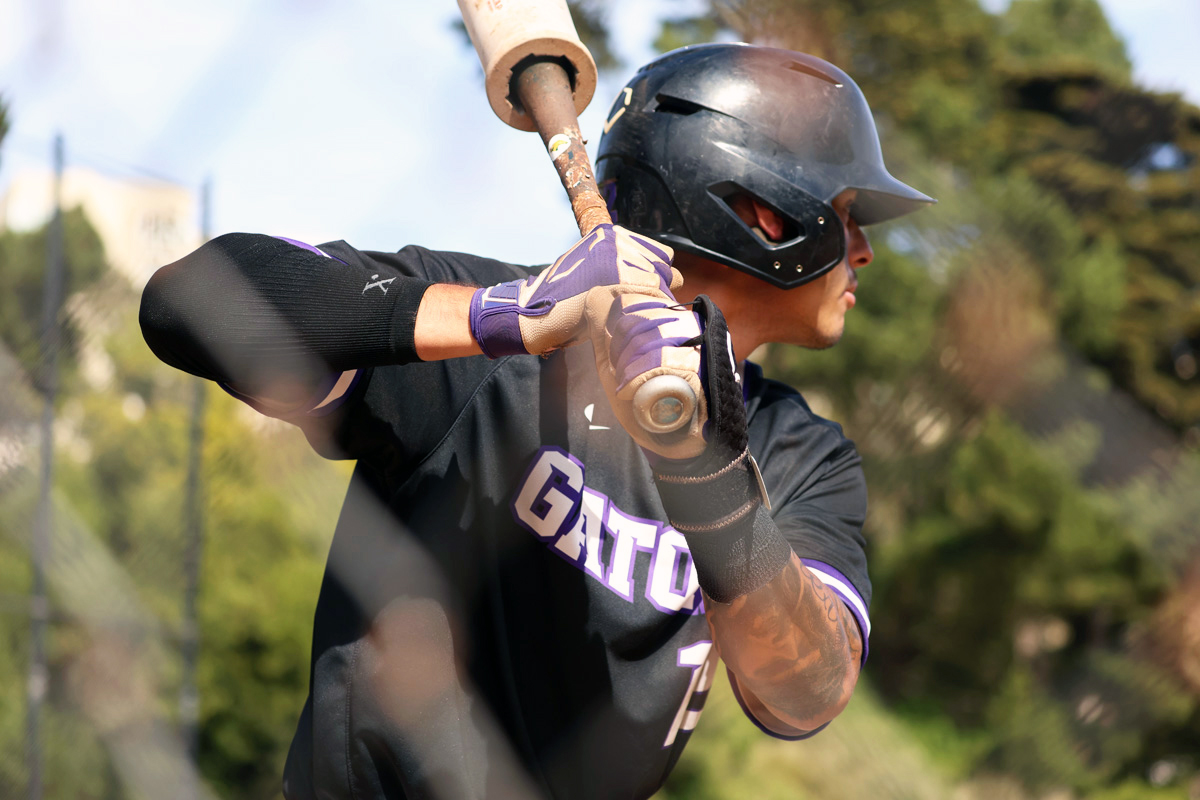


![[Video] No Trump, No Feds, No MAGA; San Francisco says "No Kings!"](https://xpressmagazine.org/wp-content/uploads/2025/10/Screenshot-2025-10-28-165913-1200x675.png)


![[Video] Gators Give Heartfelt Donations to Blood Drive](https://xpressmagazine.org/wp-content/uploads/2025/10/bloodstill2-1-1200x675.png)

